Amr is investigating both the unique advantages and the performance limitations of radar systems operating at 240 GHz in typical outdoor environments.
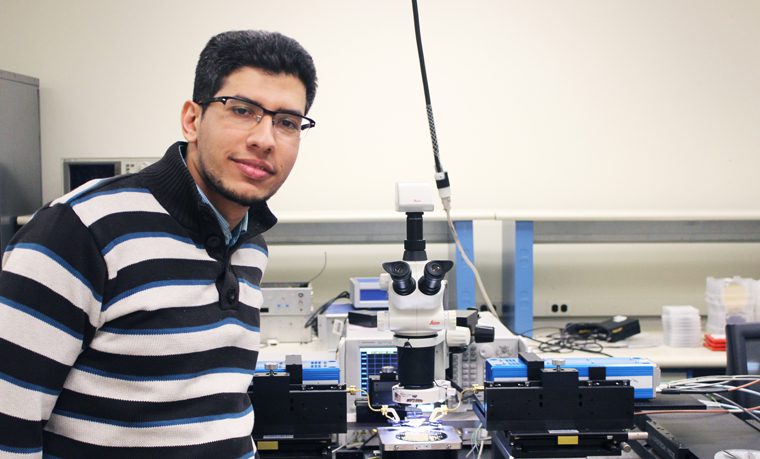

Amr is investigating both the unique advantages and the performance limitations of radar systems operating at 240 GHz in typical outdoor environments.
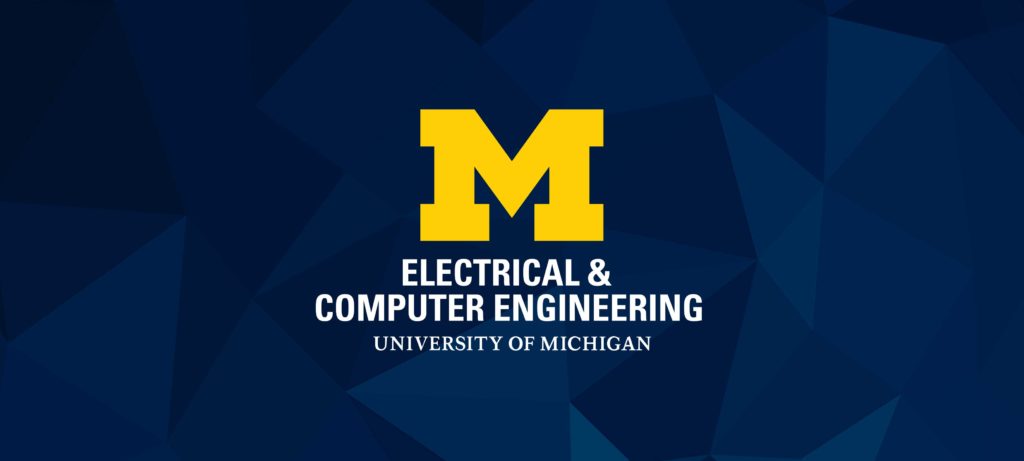
Avish conducts research on ultra-low power and battery-less integrated circuits.
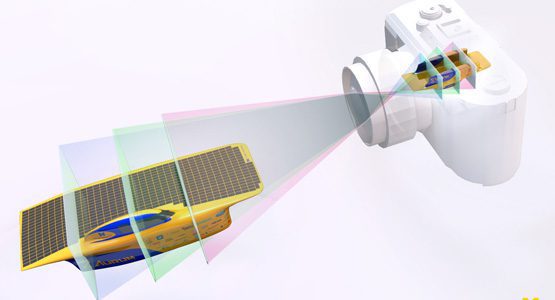
While 3D films are currently made using multiple cameras to reconstruct each frame, this new type of camera could record in 3D on its own.
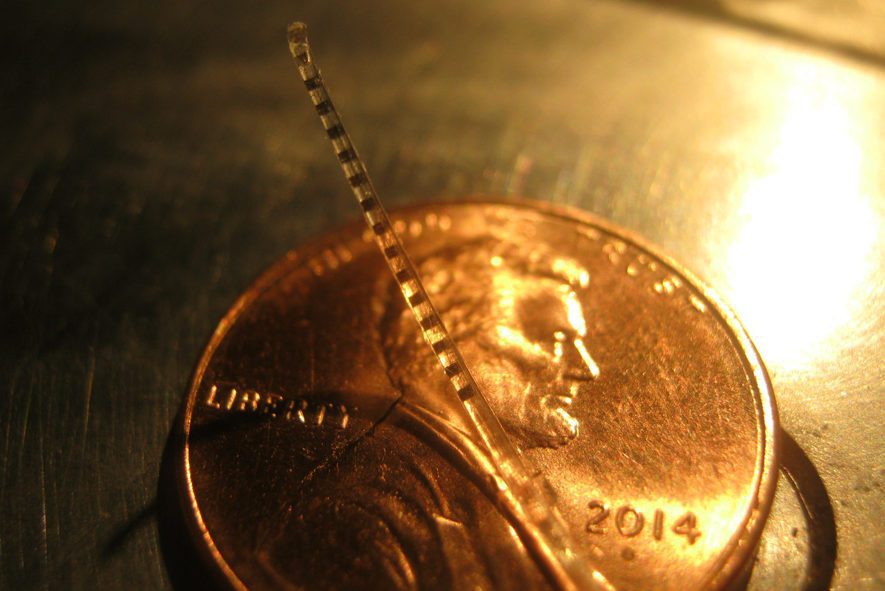
MEMStim’s technology is already two phases into pre-clinical testing in preparation for FDA examination. Very few MEMS devices have made it this far.
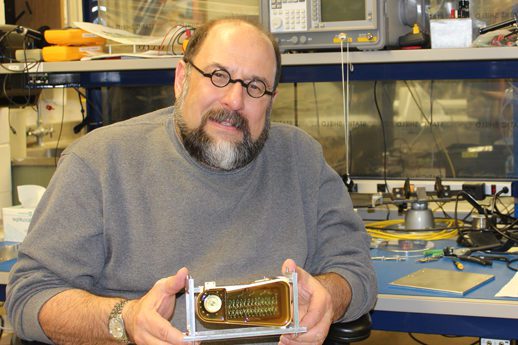
Mr. Battel is an expert on low-noise instrumentation power systems and is internationally recognized for his expertise in the design and development of space high voltage systems.
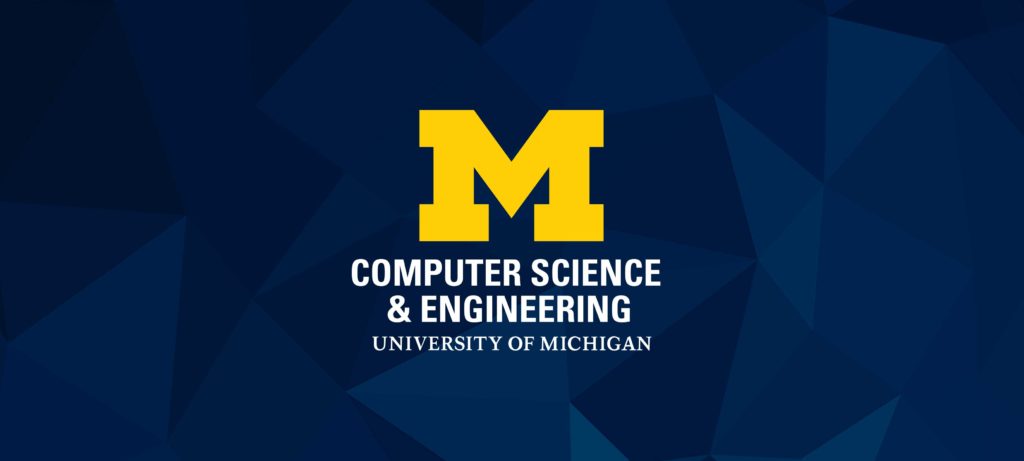
The project aims to create a new software stack for analytics over geo-distributed datasets.

Cyber-physical systems are smart, networked systems with embedded sensors, processors, and actuators that are designed to interact with the physical world.
Her primary research interests lie at the intersection of machine learning and healthcare.
Let’s Encrypt allows anyone to request a free website security certificate without needing an invitation.
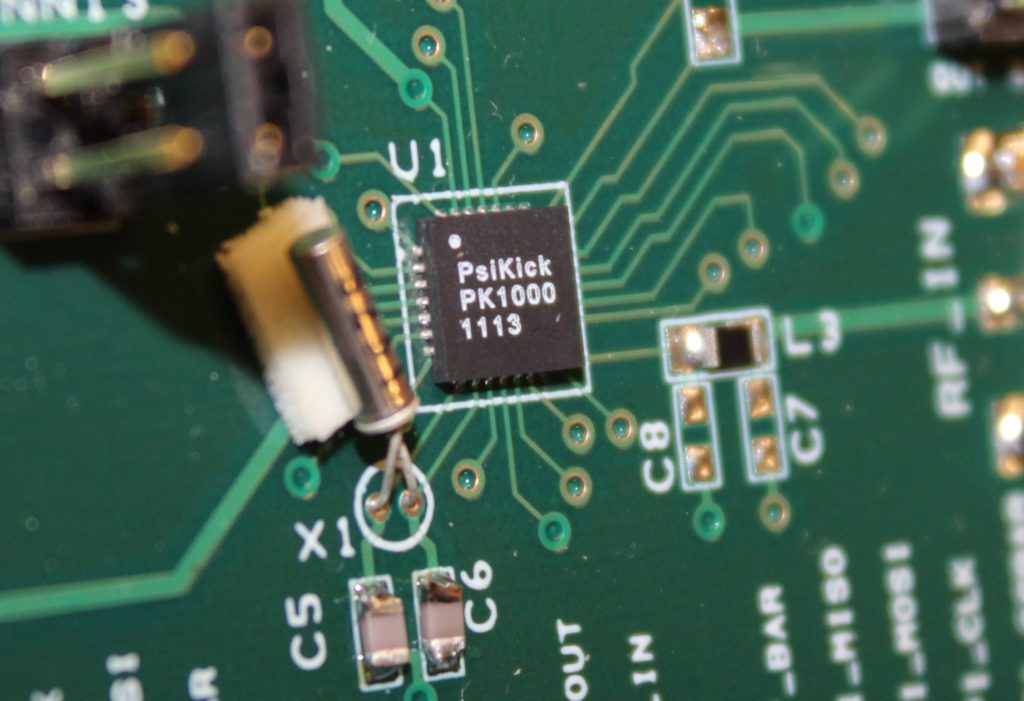
IoT applications are the next wave of computing and the next driving force of the semiconductor industry. The startup PsiKick [now Everactive] is helping shape this future.